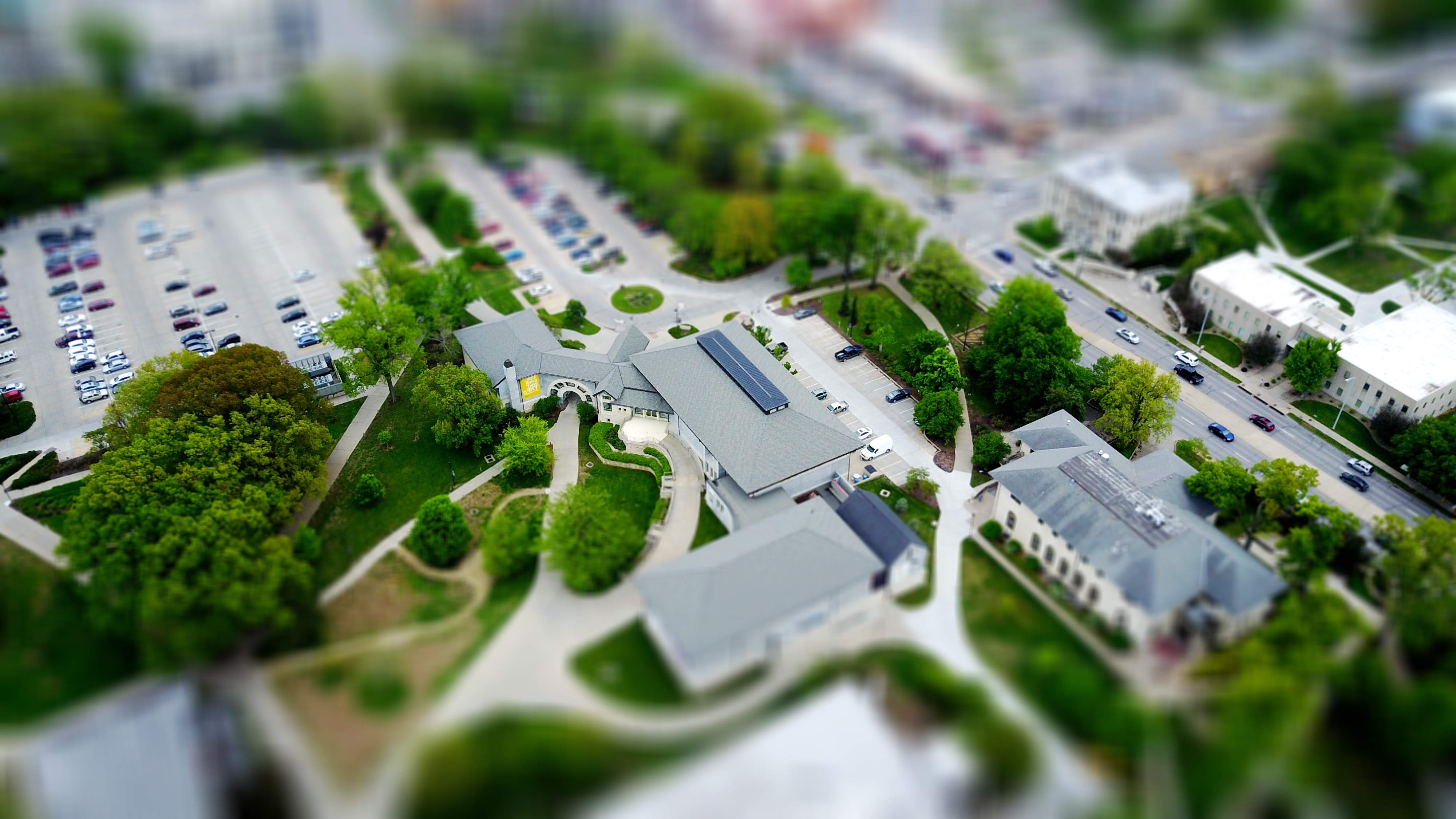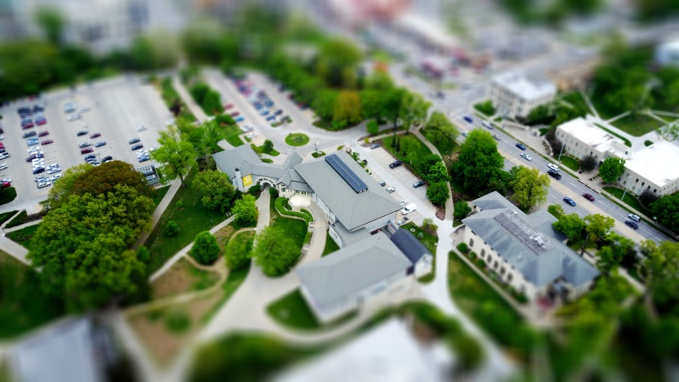As stated in the report, an increase in the cost of housing by 10% per year leads to an increase in value by half for every seven years. In the opinion of analysts, part of the buyers is buying into easy financial conditions when obtaining a mortgage loan. They say wealth is growing among the wealthy population, and there is a lack of proposals in relation to demand.
These three factors contribute to formation of bubbles in real estate markets in some cities. In particular, there are 7 cities, where the risk is particularly high.
Amsterdam
Since 2015, property prices in this city have grown by 30%, and therefore the city has entered the list of cities with a high risk of bubbles in the real estate market. Amsterdam 's real estate market differs sharply from the weak rural market in the country.
Hong Kong
In the middle of the year, prices for residential areas in Hong Kong reached a historic high. Therefore, Hong Kong has significantly risen in the rating of UBS Global Real Estate Bubble Index. Over the past four quarters, the cost of housing, especially of small apartments, has risen sharply. In real terms, their cost is currently three times higher than in 2003. On average, the cost of housing grew by 10% per year. For the same period, rental housing grew by 3%, while revenues remained unchanged.
London
The cost of housing in London with inflation is currently 45% higher than five years ago, and 15% higher than before the financial crisis in 2007. At the same time, the real income level of the population remains 10% lower than in 2007. Nevertheless, the rate of growth is declining after the referendum held in June 2016. Now they are 2% lower. The index of UBS Global Real Estate Bubble Index of London was reduced, but the city still remains at risk.
Sydney
All indicators indicate a high risk of bubbles in this market. Decrease in prices in 2015-2016 was short-term. The real cost of housing again increased by 12% over the last four quarters, and now it is 60% higher than in 2012. Nevertheless, the income level grew by only 2% taking inflation into account.
Vancouver
The price increase reached its maximum in the middle of last year, when they increased by 25% compared to the same period last year. In the second quarter of 2017, the growth rate slowed to 7%, being less than the national average. The growth in income and rental rates was 3% and 5%, respectively. Therefore, despite a slight improvement in the situation, the market remains at risk.
Munich
The cost of housing here is in the risk zone. In 2016, property prices rose against a background of record declines in offers. Real prices have increased by 85% over the past 10 years, and their availability continues to decline.
Stockholm
Over the past 10 years, local real estate prices have increased by 60%, more than twice as fast as the level of income. This fact can be explained by favorable financing conditions. Over the past four quarters, real estate price growth has slowed to 5%, which is below the national average. However, the market is still imbalanced. The growth of mortgage debt and rising investment in construction are confirmed by the fact that the real estate market is in the risk zone.
source: ubs.com
These three factors contribute to formation of bubbles in real estate markets in some cities. In particular, there are 7 cities, where the risk is particularly high.
Amsterdam
Since 2015, property prices in this city have grown by 30%, and therefore the city has entered the list of cities with a high risk of bubbles in the real estate market. Amsterdam 's real estate market differs sharply from the weak rural market in the country.
Hong Kong
In the middle of the year, prices for residential areas in Hong Kong reached a historic high. Therefore, Hong Kong has significantly risen in the rating of UBS Global Real Estate Bubble Index. Over the past four quarters, the cost of housing, especially of small apartments, has risen sharply. In real terms, their cost is currently three times higher than in 2003. On average, the cost of housing grew by 10% per year. For the same period, rental housing grew by 3%, while revenues remained unchanged.
London
The cost of housing in London with inflation is currently 45% higher than five years ago, and 15% higher than before the financial crisis in 2007. At the same time, the real income level of the population remains 10% lower than in 2007. Nevertheless, the rate of growth is declining after the referendum held in June 2016. Now they are 2% lower. The index of UBS Global Real Estate Bubble Index of London was reduced, but the city still remains at risk.
Sydney
All indicators indicate a high risk of bubbles in this market. Decrease in prices in 2015-2016 was short-term. The real cost of housing again increased by 12% over the last four quarters, and now it is 60% higher than in 2012. Nevertheless, the income level grew by only 2% taking inflation into account.
Vancouver
The price increase reached its maximum in the middle of last year, when they increased by 25% compared to the same period last year. In the second quarter of 2017, the growth rate slowed to 7%, being less than the national average. The growth in income and rental rates was 3% and 5%, respectively. Therefore, despite a slight improvement in the situation, the market remains at risk.
Munich
The cost of housing here is in the risk zone. In 2016, property prices rose against a background of record declines in offers. Real prices have increased by 85% over the past 10 years, and their availability continues to decline.
Stockholm
Over the past 10 years, local real estate prices have increased by 60%, more than twice as fast as the level of income. This fact can be explained by favorable financing conditions. Over the past four quarters, real estate price growth has slowed to 5%, which is below the national average. However, the market is still imbalanced. The growth of mortgage debt and rising investment in construction are confirmed by the fact that the real estate market is in the risk zone.
source: ubs.com



















